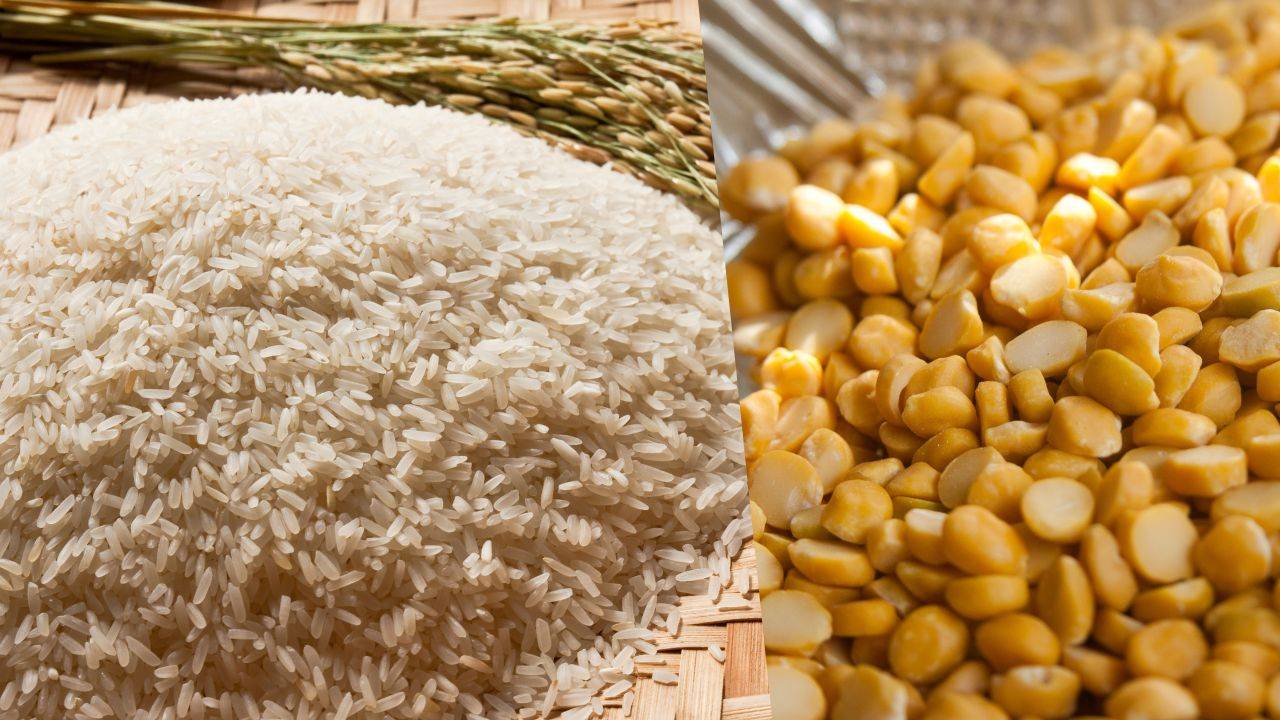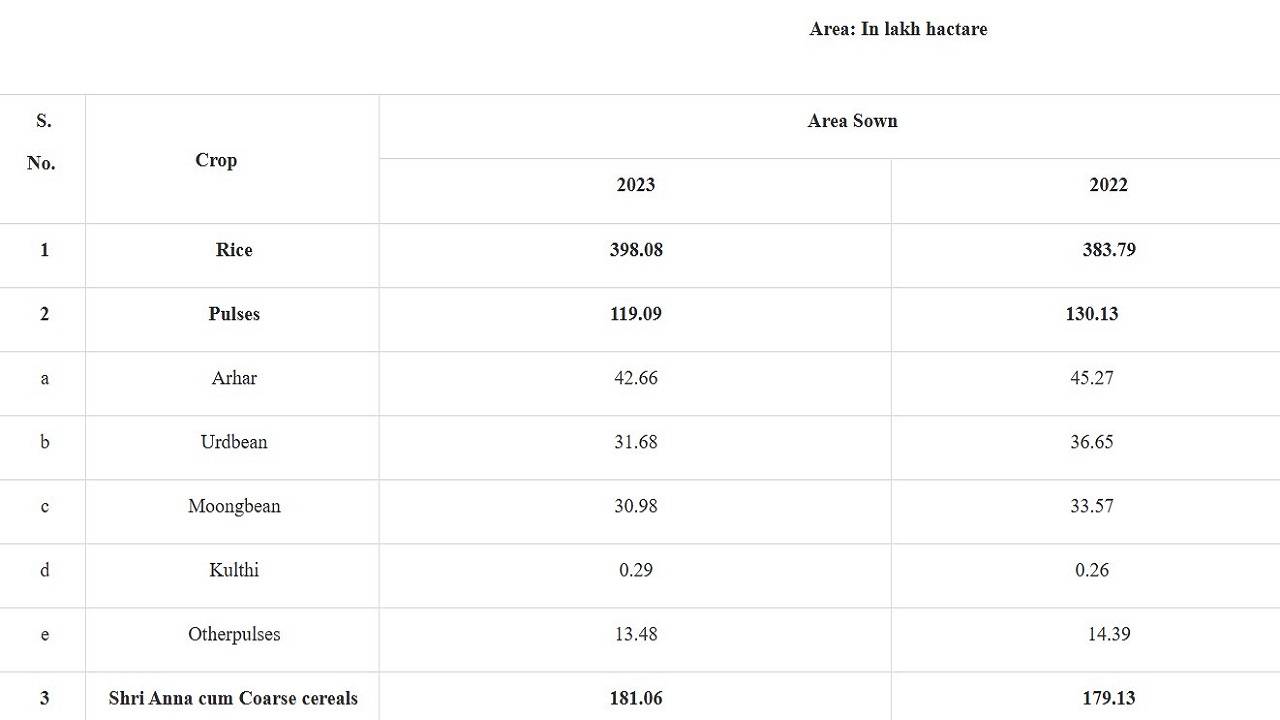
Paddy cultivation area in India is higher compared to the same time last year, thanks to normal to above-normal rainfall in key paddy-growing states in September.
As of September 1, the paddy acreage in the ongoing kharif season stands at 398.08 lakh hectares, which is 4% higher than the 383.79 lakh hectares of the previous year. This increase in paddy cultivation is promising for production.
Despite deficient monsoon rainfall in many parts of the country, the eastern regions, which are significant rice producers, received surplus rainfall.
Furthermore, the India Meteorological Department predicts normal to above-normal rainfall for September in various states, including Uttar Pradesh, Bihar, Jharkhand, West Bengal, Odisha, and others, which are important for paddy cultivation.
Although Punjab and Haryana are expected to have below-normal rainfall, it is unlikely to affect paddy production significantly as these crops are primarily grown in irrigated areas with sufficient reservoir water levels.

In fact, the water levels in Punjab, Himachal Pradesh, and Rajasthan reservoirs are currently at 83% of their capacity, which is higher than the 10-year average for this period.
Overall, the cultivation area for all kharif crops has reached 98.7% of the normal area, a slight increase compared to the previous year. The total area under kharif crops is now 1,077.82 lakh hectares, up from 1,073.22 lakh hectares last year.
However, there are some changes in crop patterns this year. The cultivation area for pulses like arhar, moong, and urad has decreased due to a shift towards cotton and soybean in many states.
Pulse cultivation area has declined by 8.8% to 105.32 lakh hectares. Oilseed cultivation area has also decreased by 1% to 190.11 lakh hectares, with soybean being an exception, showing a 1% increase.
Cotton cultivation has decreased by 2.1%, while sugarcane cultivation has increased by 7.7% among cash crops. Coarse and nutri-cereal cultivation has increased by 1.1%, with increased planting of crops like bajra, ragi, and maize.
In summary, paddy cultivation is thriving this year due to favourable weather conditions, and overall kharif crop cultivation is slightly higher than the previous year.
However, changes in crop patterns are noticeable, with a decrease in pulse and oilseed cultivation and an increase in sugarcane and certain cereal crops.









